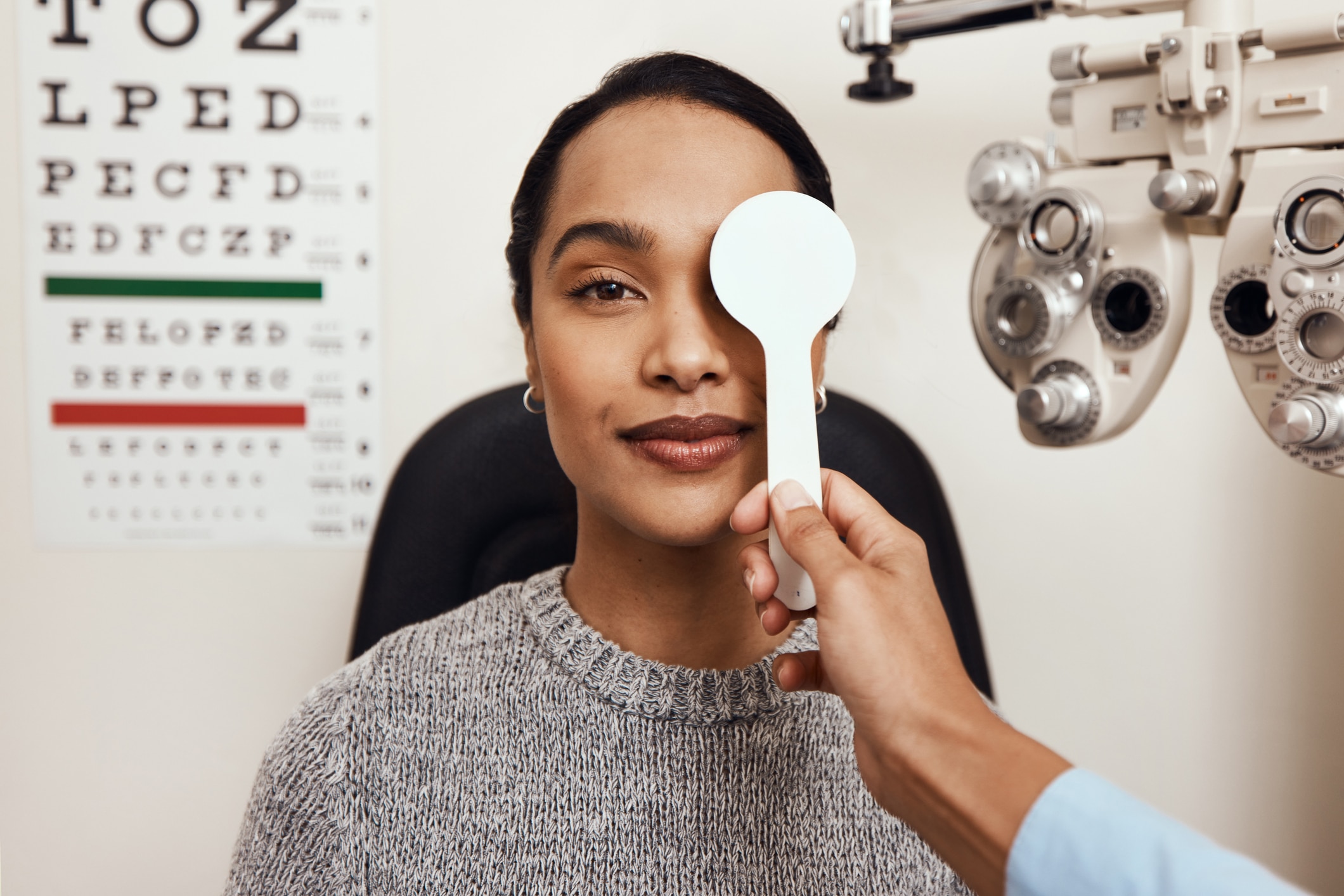
November is Diabetic Eye Disease Awareness Month. Diabetes mellitus is a common disease that affects how the body processes glucose, a simple sugar. Abnormal regulation of glucose in patients with diabetes can result in a range of complications throughout the body including the eyes. As of 2018, 34.2 million Americans, or 10.5% of the population, had diabetes. Diabetic retinopathy is the leading cause of vision loss among patients 25-74 years of age.
Typically, changes in the eye from diabetes occur in the retina, the tissue in the back of the eye which detects light from the environment and creates the picture that allows us to see. These changes are collectively known as diabetic retinopathy. The most common issues seen result in damage to the small blood vessels within the retina.
Initial changes seen in the retina are microaneurysms, retinal hemorrhages, and cotton wool spots which represent small areas of ischemia. These early changes rarely cause symptoms but are nonetheless signs of retinal damage and are important to note early on so that patients can work with their care team on modifiable risk factors for retinopathy progression including blood sugar levels, blood pressure, dyslipidemia, and smoking cessation.
Damaged vasculature may eventually become leaky resulting in excess fluid buildup in the retina. This is termed diabetic macular edema and can cause loss of vision or distorted vision. Blood vessel damage can also result in permanent blockages of the tiny capillaries within the retina which also leads to vision loss. When severe enough, the eye will attempt to grow new blood vessels in a process called neovascularization. Unfortunately, these new blood vessels make the situation worse by bleeding, forming scar tissue, and leading to a form of glaucoma called neovascular glaucoma. Ultimately, patients can go blind from diabetes.
Early stages of diabetic retinopathy do not require treatment other than metabolic control with the help of a patient’s primary care physician or other health care professional managing these issues. When severe enough, diabetic macular edema is treated with injections of anti-vascular endothelial growth factor medications or corticosteroids. Sometimes laser treatments to the retina can be done as well in order to reduce this vascular leakage. Neovascular complications, called proliferative diabetic retinopathy, are treated through laser, injections of anti-vascular endothelial growth factor, and/or surgery.
In addition to causing retinal damage and neovascular glaucoma, diabetes can also cause or contribute to corneal disease, cataracts, and optic neuropathy. All patients with diabetes should undergo routine screening for diabetic eye diseases and particularly diabetic retinopathy.
Whether you are in need of routine eye care, glasses, contact lenses, school vision exams or specialized treatment for complicated eye diseases or conditions, UofL Physicians – Eye Specialists is here for all of your eye care needs. To learn more call 502-588-0550 and make an appointment today.









